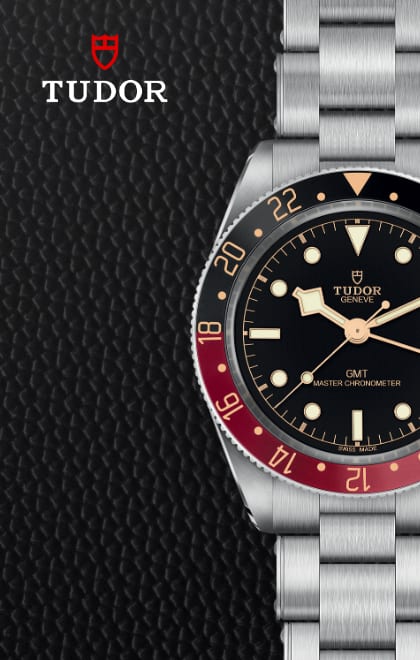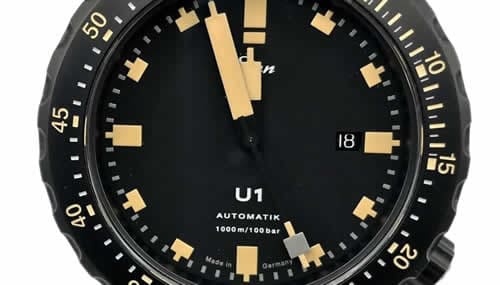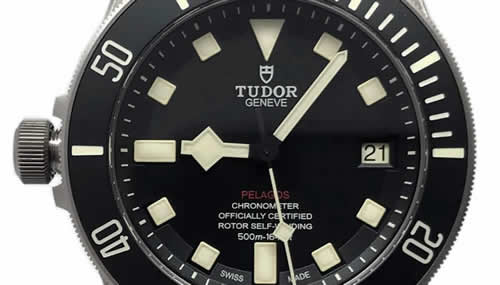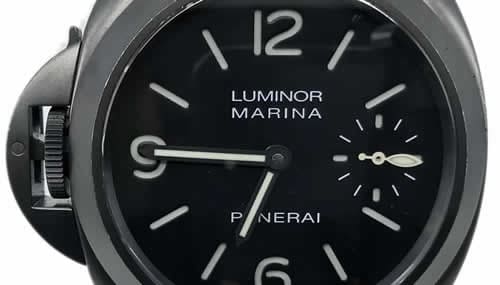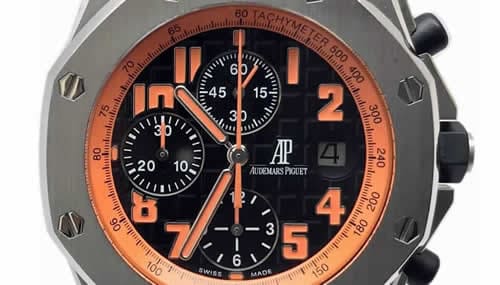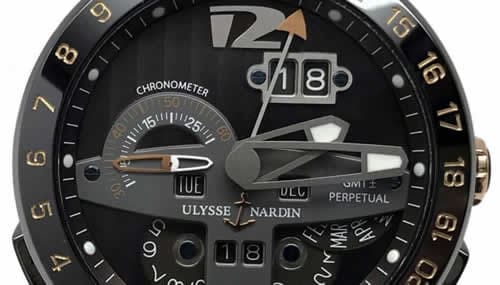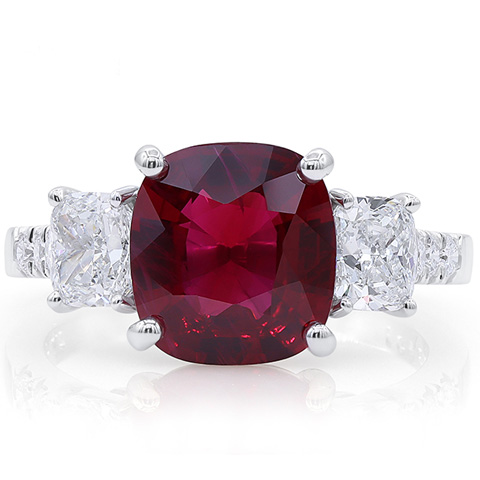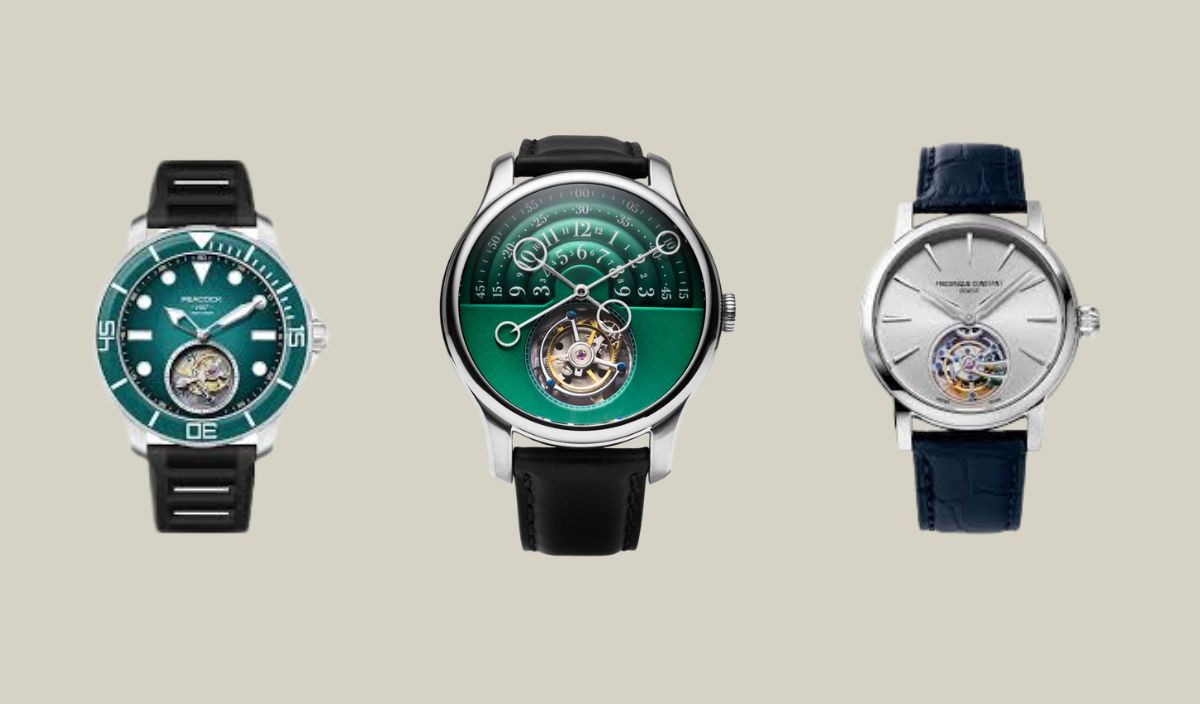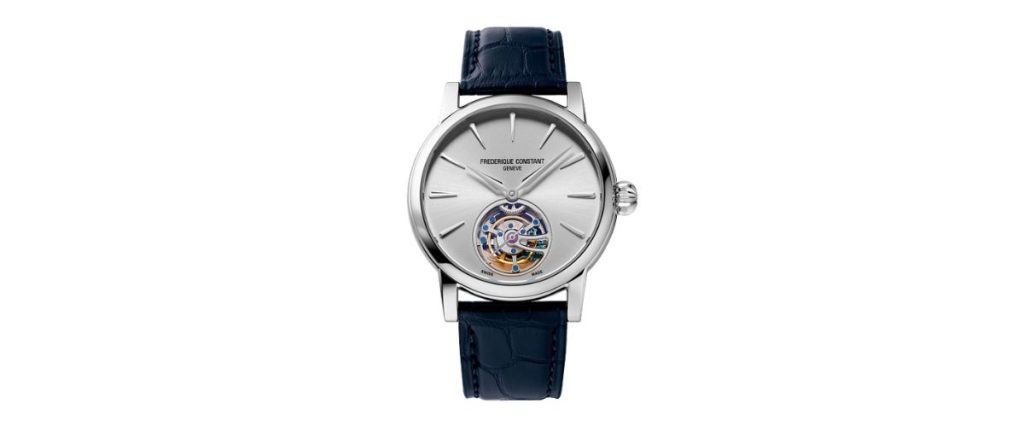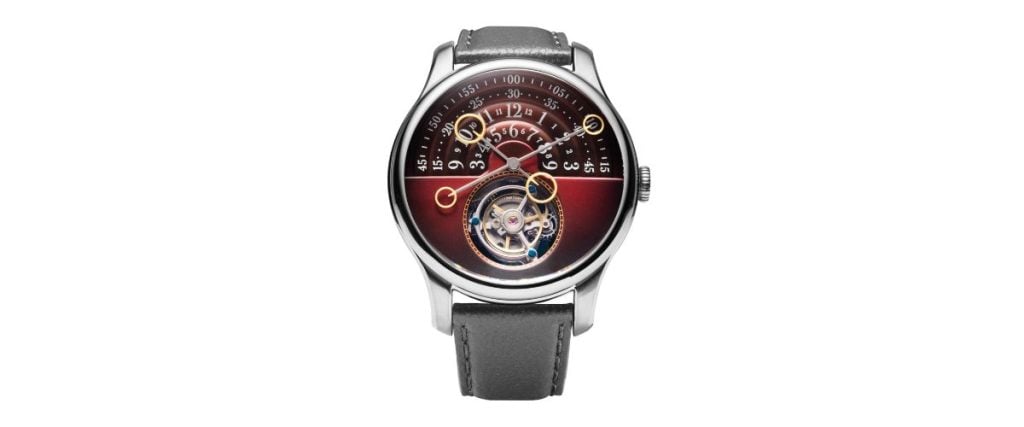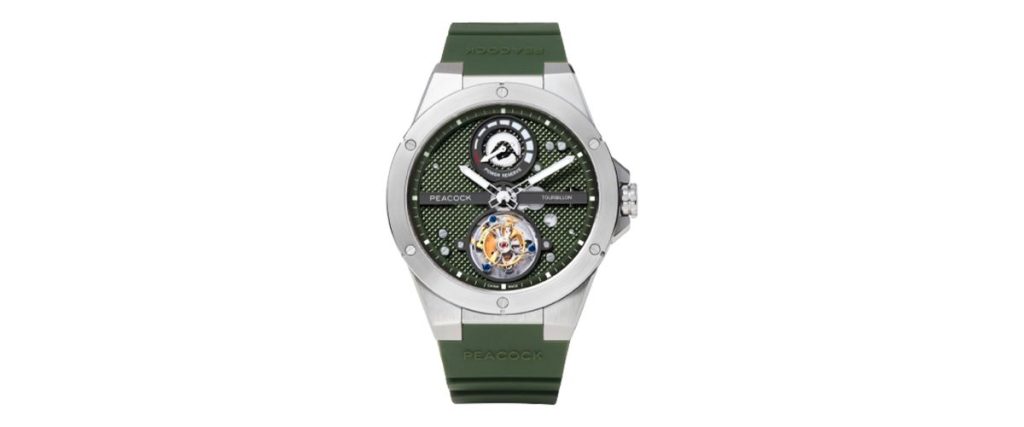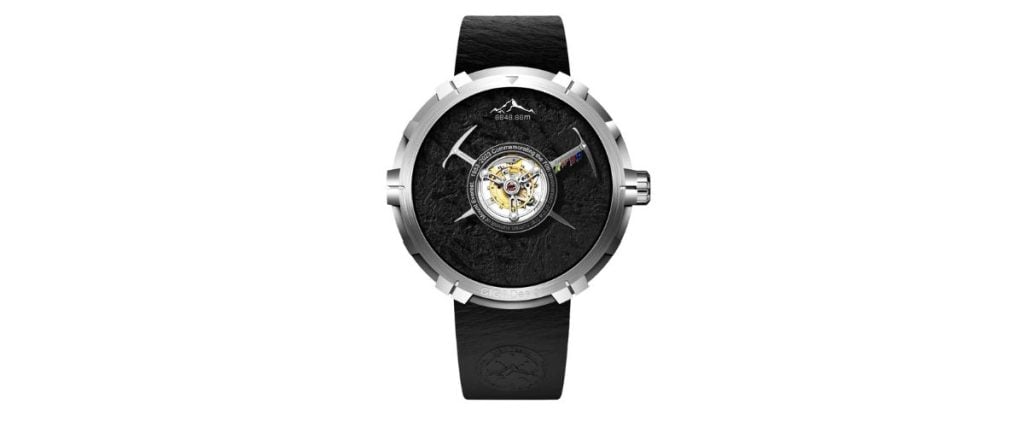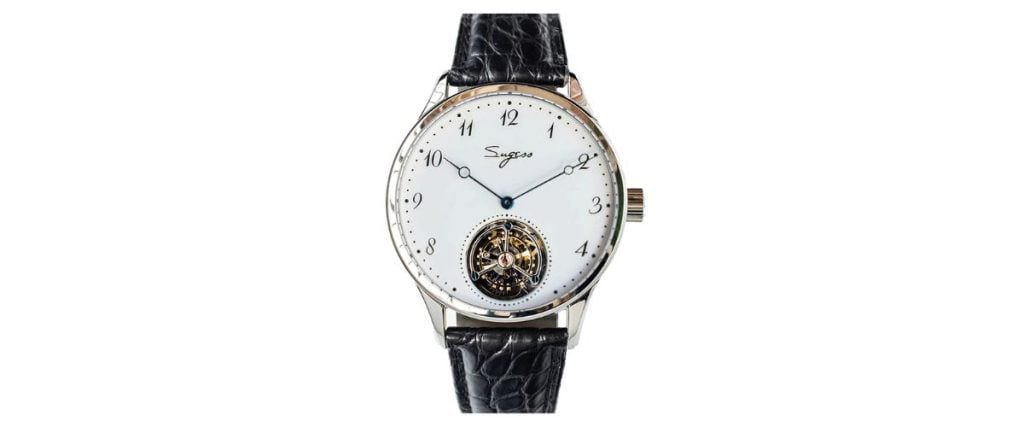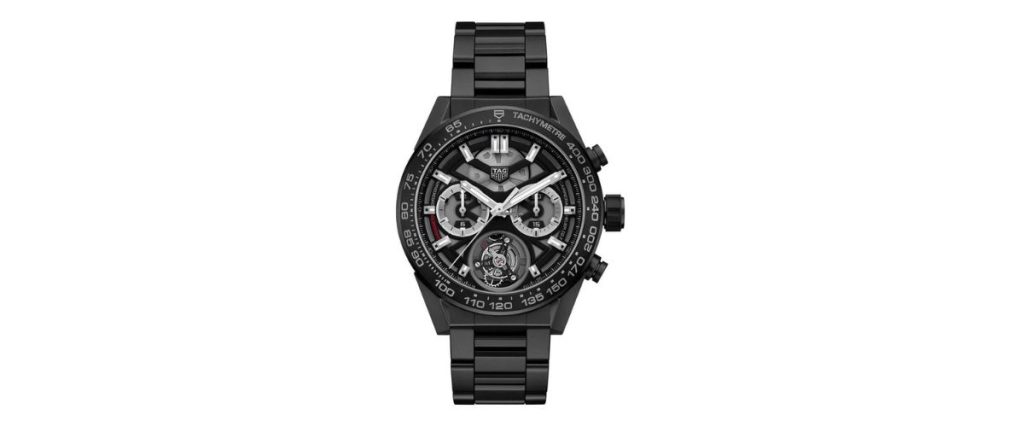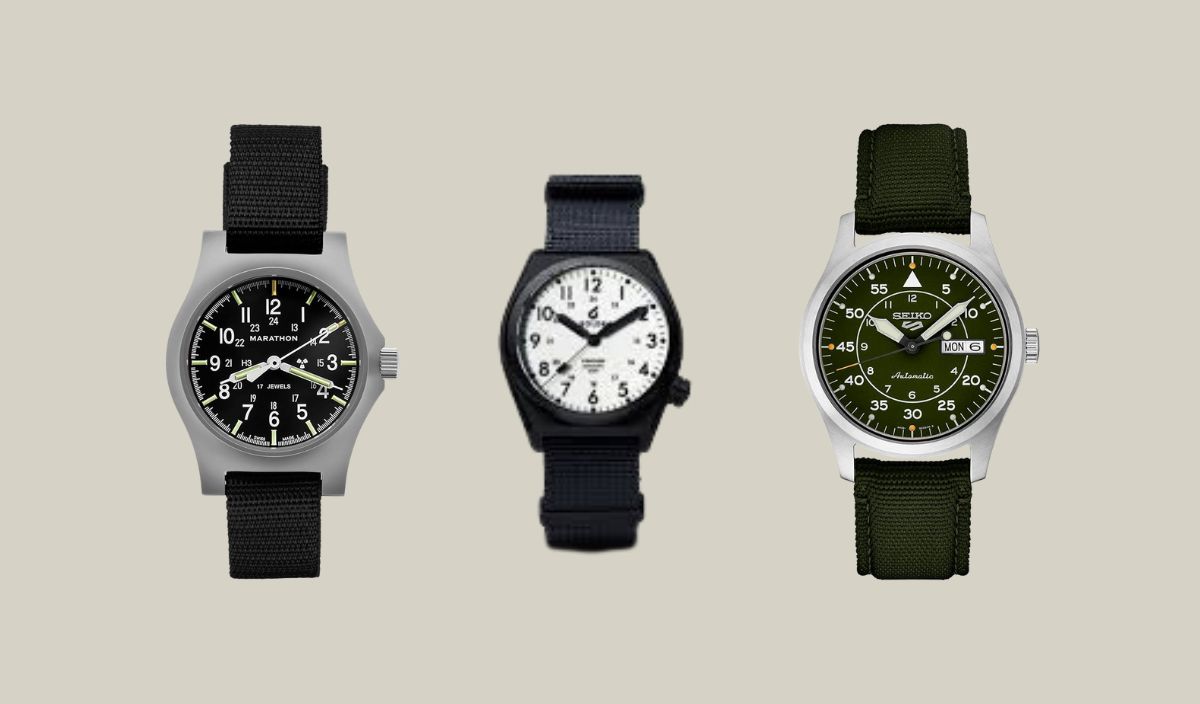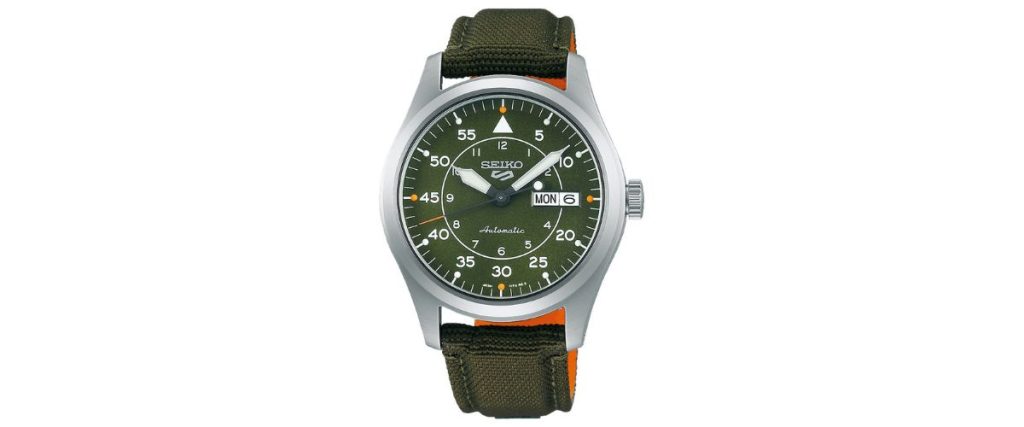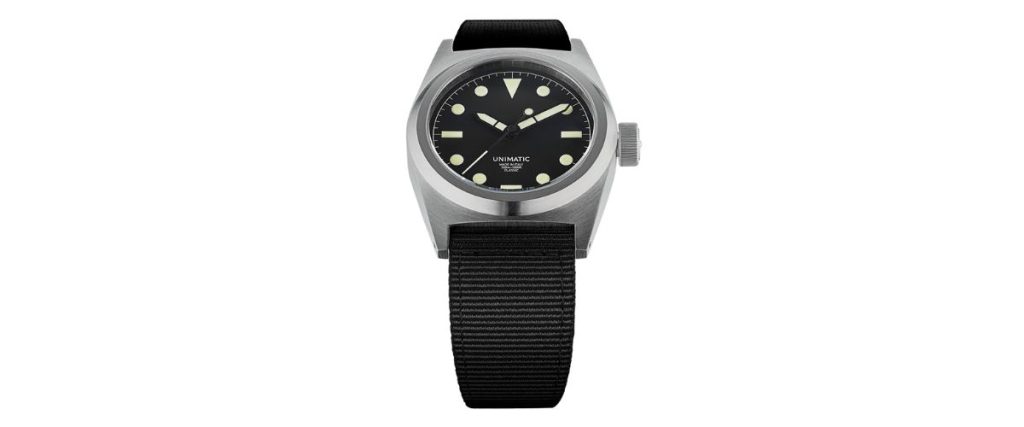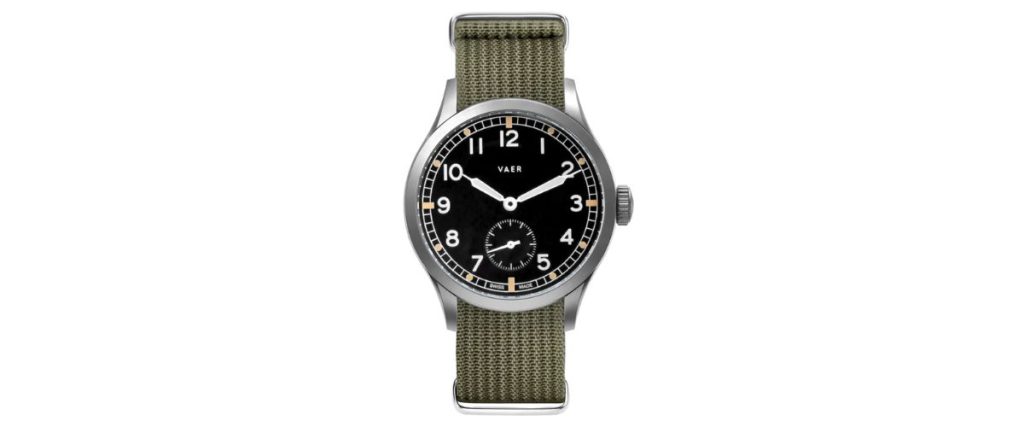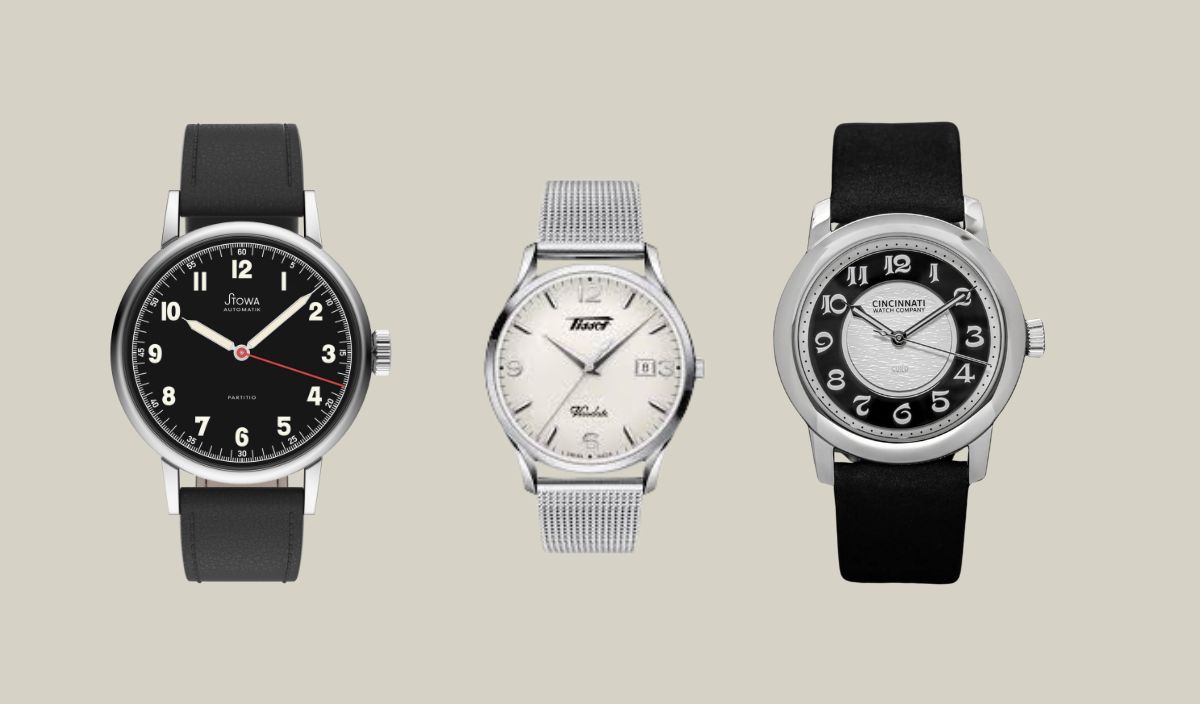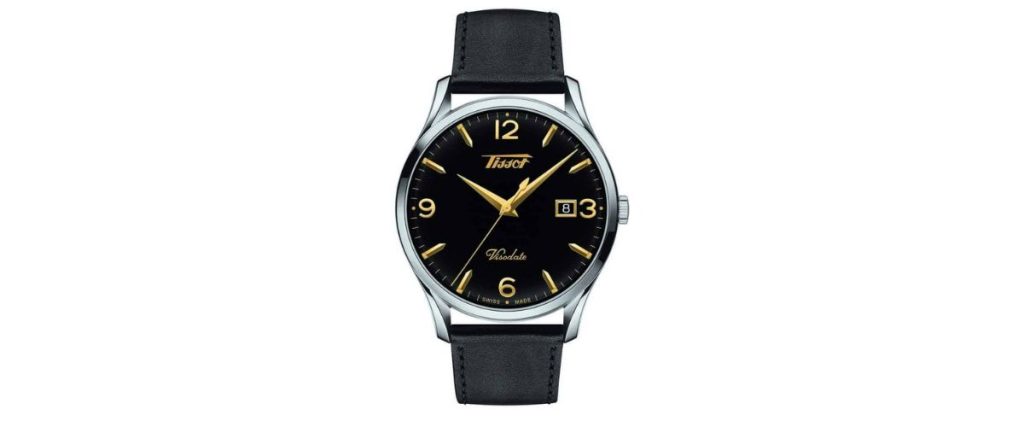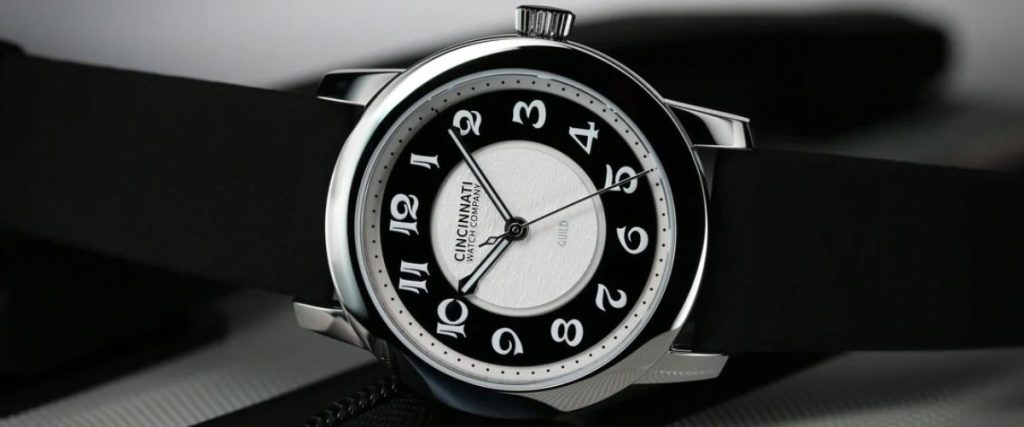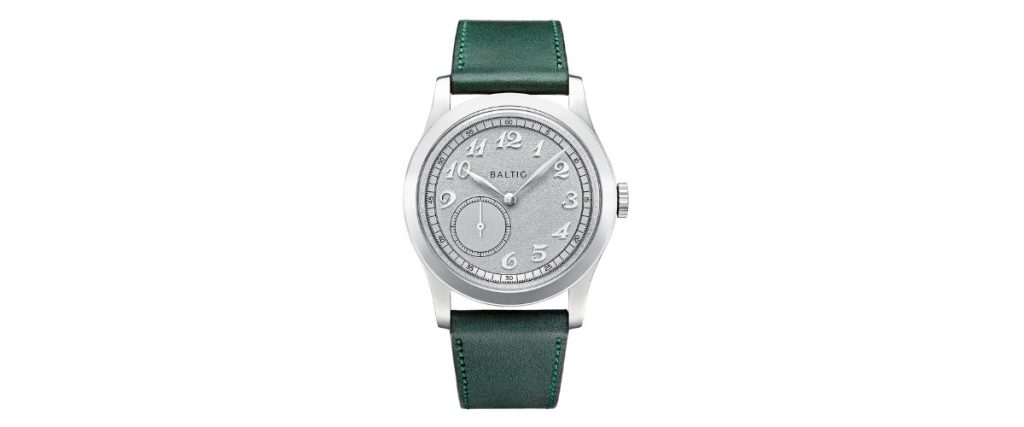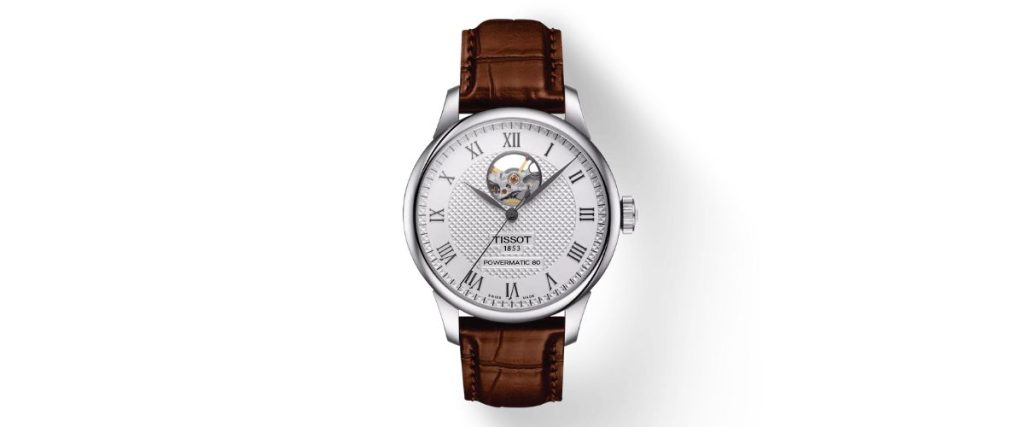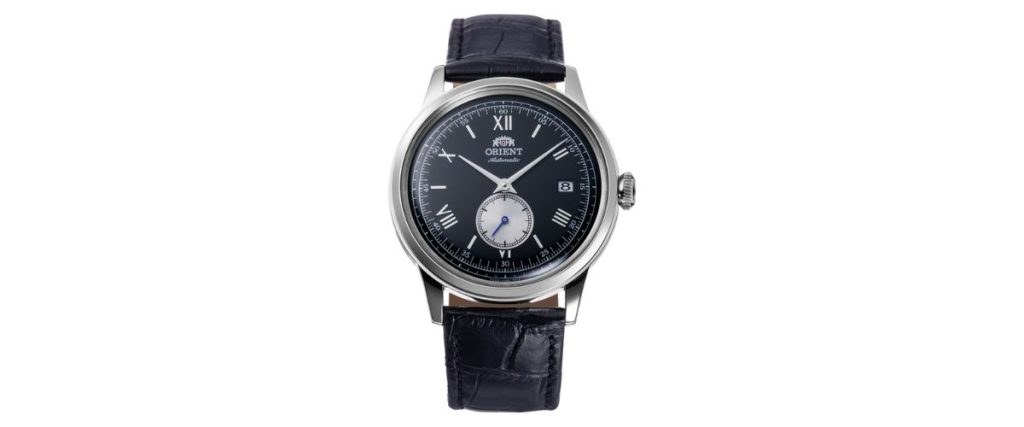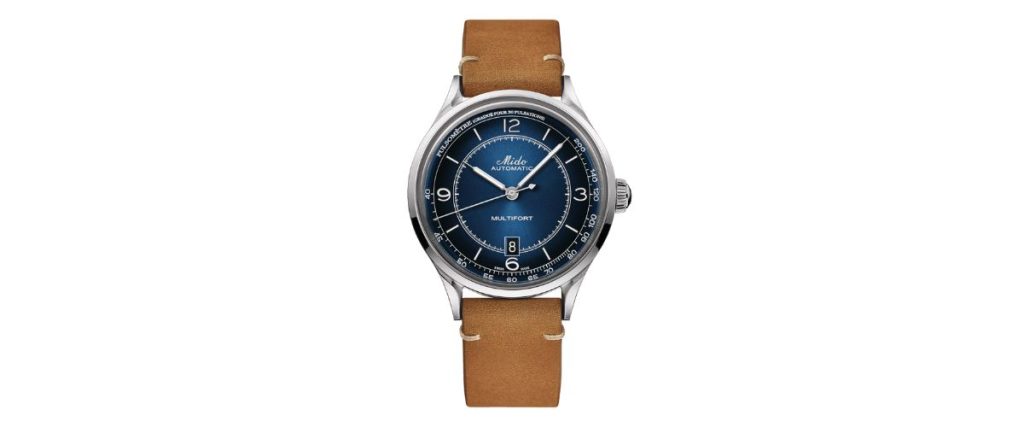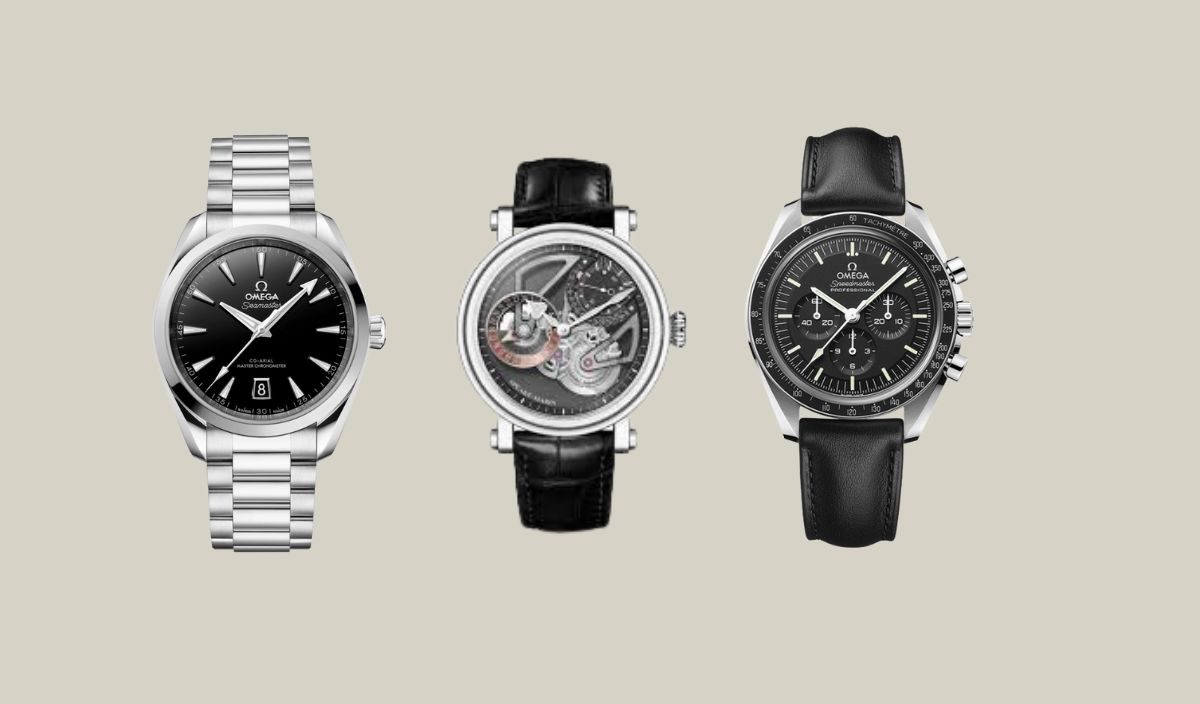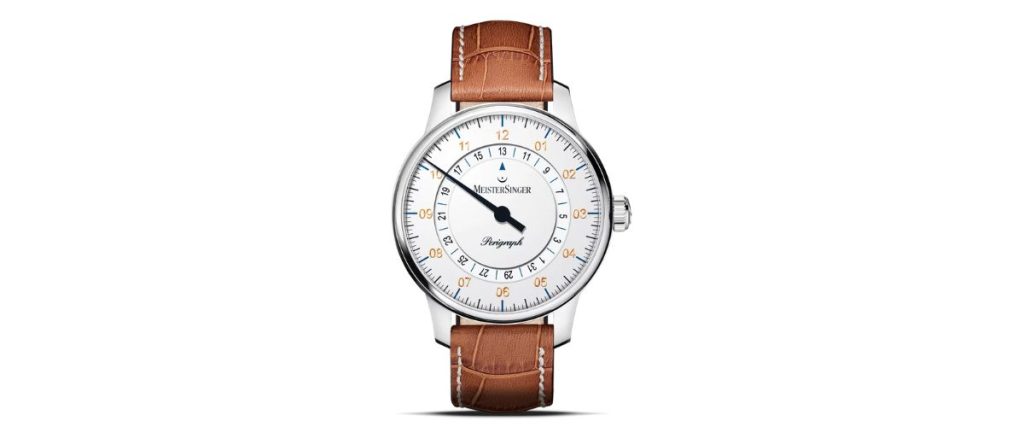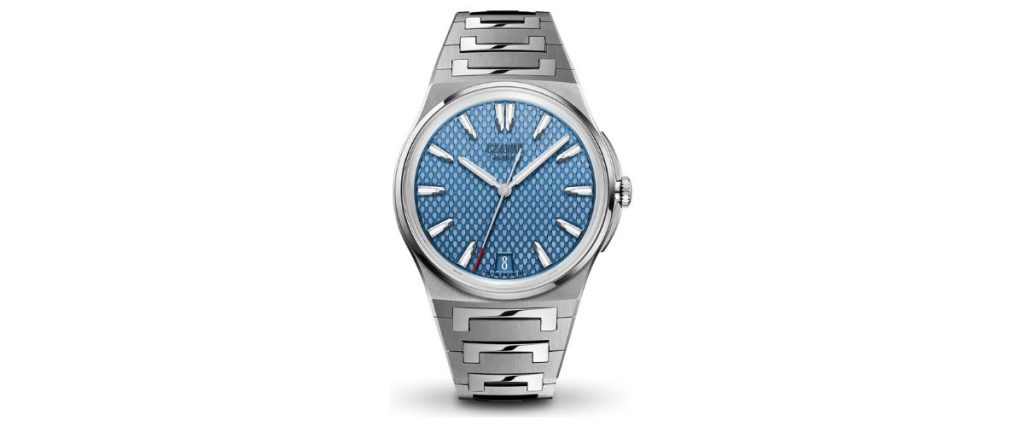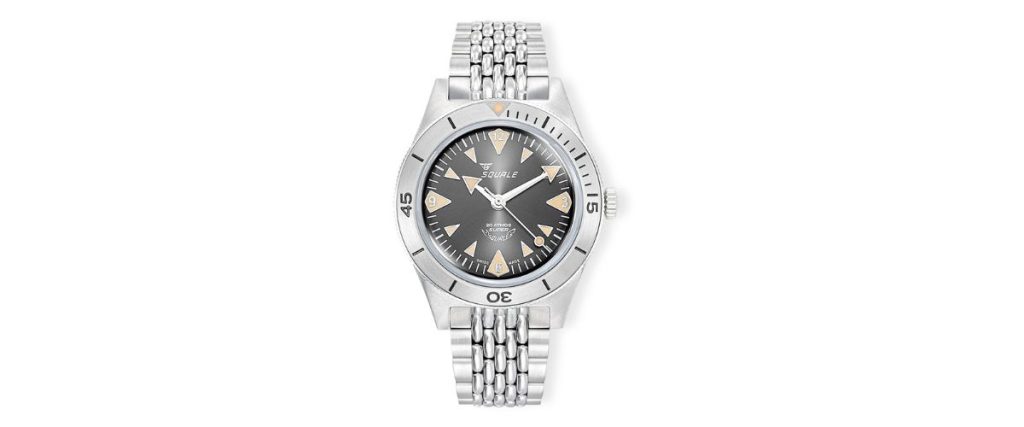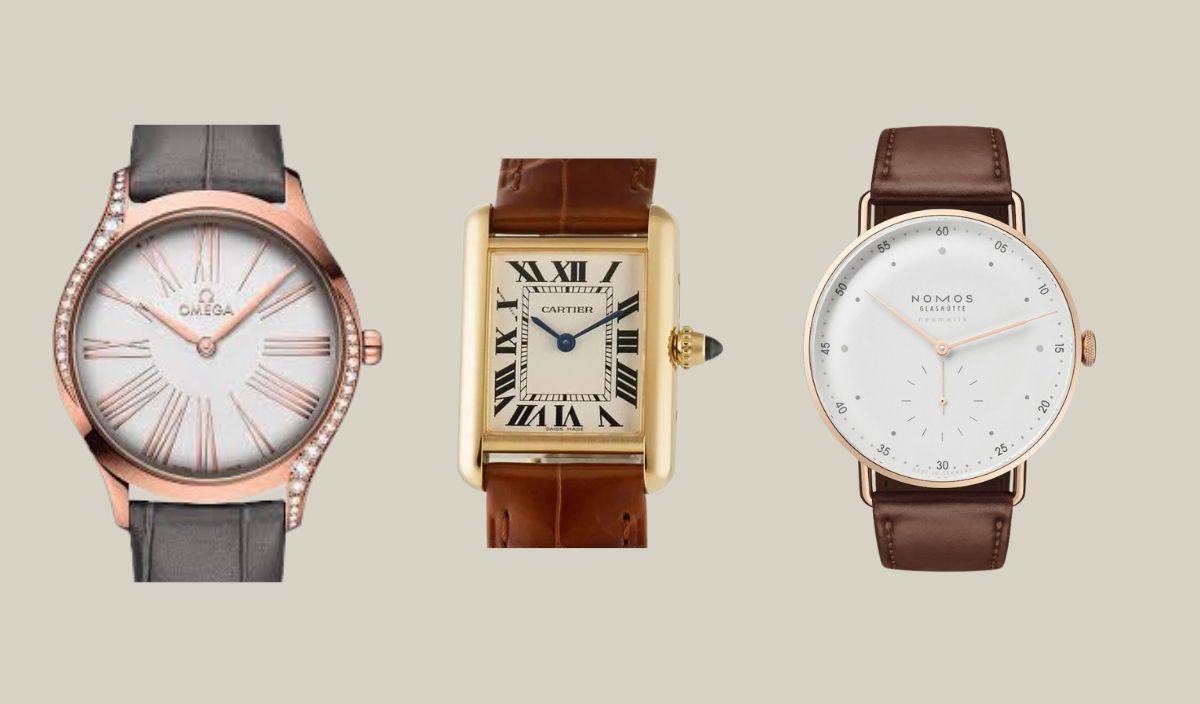
A solid gold watch has often been regarded as a memento marking an important milestone in a person’s life. That was especially the case in the mid-20th Century when gold watches were relatively more accessible and affordable than they are today.
If you say “solid gold watch” now, many think only of elusive and extravagant 18K Rolex Daytonas or Audemars Piguet (AP) Royal Oaks. Good luck purchasing one of those for the retirement party honoree!
However, gold is still timeless and desirable. So what’s a gift giver to do?
Fortunately, all is not lost. There are still ways to buy a relatively “cheap” gold watch, even an 18K one, especially if you’re open to smaller dress watch styling, quartz movements over mechanical, and leather straps.
Allow me to be your guide by showing you some options. At the end, I think you’ll see you don’t have to be a monarch with megabucks to still enjoy gold, “the money of kings.”
Things to Know Before You Buy
Keep in mind that “cheap solid gold watch” is a relative term.
For instance, a retail price of $12,000, which will serve as our starting point, is relatively much “cheaper” than ones above $20,000 where so many popular well-known brand offerings reside today.
However, you might be surprised to discover that some 18K gold watches can be found for under $3,000—and I promise to get you into that range before we’re done!
Remember that “solid gold” is a bit of a misnomer.
The technical term is “gold alloy,” meaning that 18K (K=karat, a unit of measurement indicating purity) “solid gold” will typically consist of 75% pure gold, with the rest other materials such as silver, copper, zinc, palladium, or even platinum, depending on whether it is yellow, white, or rose in color.
Recognize that an 18K option from an entry or mid-level “affordable luxury” brand like Tissot or Longines is more likely to yield affordable and accessible options, especially in the new, unworn category.
Pre-owned and vintage pieces will open more doors in the sub-$10,000 range, even with iconic brands like Rolex, Omega, and Patek Phillippe.
Above all, make sure the watch is solid gold and not gold-plated if you want the distinction of owning the “real deal”!
Top 12 Modern 18K Gold Watches Under $12,000
This Top 12 list of new, unworn solid 18K solid gold watches will assume a budget of $12,000 or less and will count down from most expensive to least. Read all the way down for the “cheapest” award winner!
12. Omega De Ville Trésor Sedna Gold Quartz 36mm (ref. 428.58.36.60.02.001)

I was surprised to discover a 36mm 18K gold watch from renowned brand Omega for under $12,000. A slender 8.9mm thick, this reference is not only composed of the brand’s proprietary Sedna™ “rose gold” alloy but also has diamond paving along the sides of the case, as well as a small diamond set in its highly polished crown.
The dial color is lacquered silver and it has rose gold Roman numeral indices and handset. The crystal is domed sapphire, and the caseback is solid with a mirrored finish and engraved floral pattern—it’s technically from Omega’s “Ladies Selection”, but there’s nothing stopping the right fellow from pulling it off.
The strap is grey alligator leather, and the movement is Omega’s quartz caliber 4061. Water resistance is 30m/100ft. Retail price: $11,600.
11. Nomos Metro Rose Gold Neomatik 39 (ref. 1180)
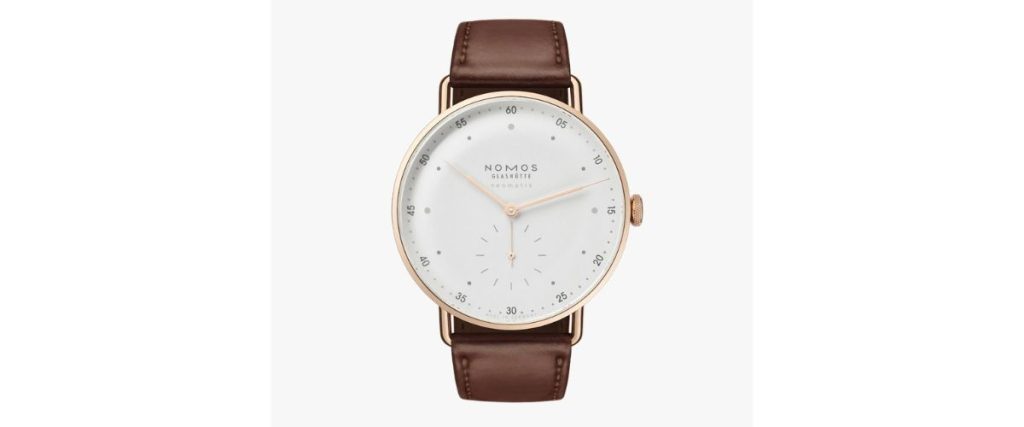
This elegant dress watch is executed in an 18K rose gold case with wire lugs that is 38.5mm in diameter and 8.4mm thick. It has a domed sapphire crystal and a sapphire display caseback which showcases the beautiful in-house automatic Caliber DUW 3001 with a power reserve of 43 hours.
The dial is simple and clean and is galvanized, white-silver plated with round, gray hour indices (larger ones at 3,6,9, and 12 o’clock), and smaller ones with Arabic numerals every 5 minutes in the minutes track. The hands are rose gold, and there is a small seconds subdial in the 6 o’clock position.
The strap is 19mm cordovan brown Horween leather with a 19mm width, rose gold winged clasp, and quick-change spring bars. Water resistance is 30m/100ft. Retail price: $10,920.
10. Tank Louis Cartier, Small Quartz (ref. WGTA0342)

The Cartier Tank has been a symbol of understated luxury and good taste since 1919. This one has an 18K yellow gold, 29.5mm x 22mm Art Deco-style case with the vertical brancards and beaded crown with blue sapphire cabochon that lend the watch its classic aesthetic.
The dial is silver-grained and Cartier-branded with Roman Numeral indices and the familiar “tank tread” minutes track. The hours and minutes hands are sword-shaped and blued steeled. The thickness is a super slender 6.35mm including the mineral crystal.
The strap is light brown alligator leather with an 18K yellow gold tang buckle. It is powered with a highly accurate quartz movement—and since there’s no seconds hand, no one at the soirée will notice it’s not automatic! Water resistance is 30m/100ft. Retail price: $10,200.
9. Longines Master Collection 38.5mm 18K Pink Gold (ref. L2.628.8.78.3)

As you’ll see, Longines offers several accessibly priced 18K gold watches. This first one has a 38.5mm diameter, 9.2mm thick, 18K pink gold case with both a sapphire crystal and display caseback. The dial is silver with a fine “barleycorn” textured pattern that adds an extra touch of class.
The hour markers are painted Art Deco-style Arabic numerals, and there is a date window at 6 o’clock. The chapter ring is a minutes track with different-sized hashes combined with hashes Arabic numerals at 5-minute intervals.
The handset is blued steeled. The caliber L888 movement beats at 25,200 bph and has a long-running 72 hr. power reserve. It comes on a brown alligator strap with white stitching and a triple safety clasp with a push-piece mechanism. Water resistance is 30m/100ft. Retail price: $8,600.
8. Baume & Mercier Clifton (ref. 10802)
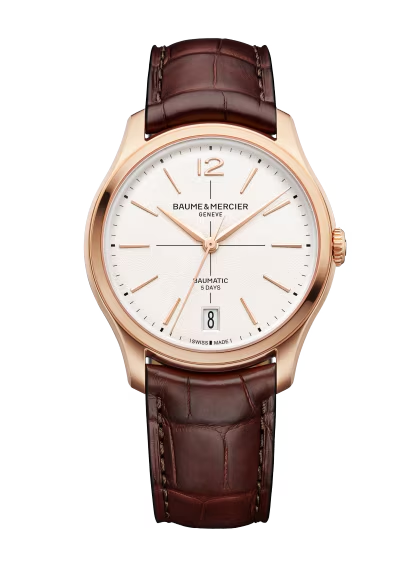
Baume & Mercier has been around since 1830 but remains somehow of a sleeper brand for many people. Still, the recently launched and handsome satin-finished 18K rose gold Clifton deserves high praise. It has a 39mm diameter, 11.5mm thick case capped with a domed sapphire crystal and display caseback.
The cross-hair dial is silvery-white with a grained finish, a black minutes track, along with rose gold trapezoid-shaped indices (Arabic Numeral at 12) and alpha-shaped hands. There is a discreet date window at 6 o’clock that enhances both symmetry and functionalism.
The movement is the self-winding Baumatic BM13-1975A which beats at 28,800 bph and boasts a whopping 5-day power reserve. The strap is red-brown alligator leather with a steel Ardillon buckle and quick-change feature. Water resistance 50m/164ft. Retail price: $8,500.
7. Ball Trainmaster Standard Time 18K (ref. NM3888D-PG-LCJ-WH)
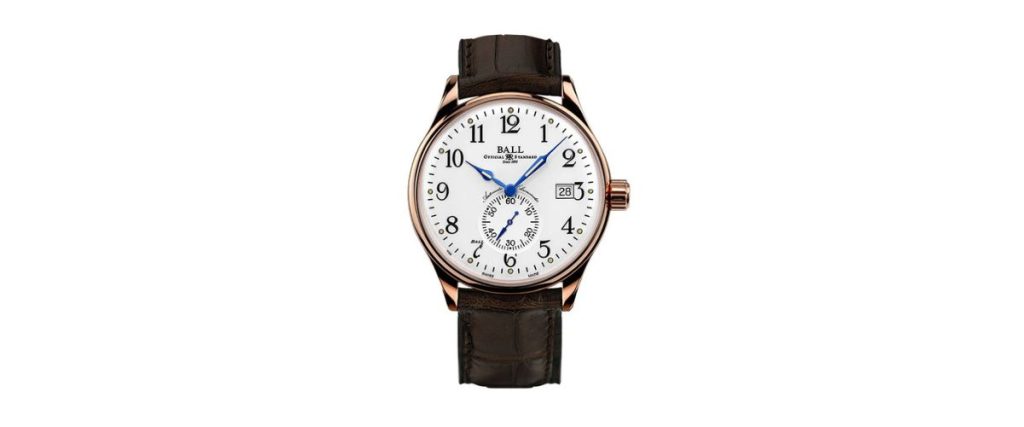
The Ball brand was founded in 1891 by Webb C. Ball who investigated the head-on collision of two trains near Lipton, Ohio and helped create standardized time. Now Swiss-owned, Ball celebrates its railroad heritage with a script “RR” emblazoned on every dial.
This reference has an 18K rose gold case measuring 39.5 in diameter and 10.5mm in thickness, covered with a sapphire crystal and display caseback. The white enamel dial is adorned with Arabic numeral hour indices and lumed with tritium gas tubes.
There is a date window and small seconds subdial, at 3 and 6 o’clock, respectively. The spade, syringe, and arrowhead handset is blue steeled and lumed.
It is paired with a brown leather strap and powered by the COSC-certified RR1105-C. Water resistance is 30m/100ft. Retail is $8,249 but is currently discounted to $6,929.16 at Exquisite Timepieces.
6. Longines Evidenza (ref. L2.142.8.73.2)

This timepiece is 18K pink gold and has an Art Deco-style “tonneau”-shaped case that measures 23mm x 30.6mm in diameter and is 8.5mm thick. It has a scratch-resistant sapphire crystal with antireflective coating and a solid caseback.
The dial is silver and has a stunning sunburst “flinqué” pattern created by guilloché engraving and translucent enamel. The handset is blue-steeled and matches the distinctive blue crown tube.
The hour indices are painted black Art Deco-style Arabic numerals, the handset blue steeled, and there is an unassuming but handy date window at 6 o’clock. It’s paired with a brown alligator strap with white stitching and a tang buckle.
The movement is the automatic caliber L592 which beats at 28,800 bpm and has a power reserve of 45 hours. Water resistance is 30m/110ft. Retail price: $7,550.
5. Longines Dolcevita (ref. L5.512.8.75.2)

The Dolcevita line has been increasing in popularity, especially since actor and brand ambassador Jennifer Lawrence has been spotted wearing one on her wrist. Still, like the Cartier Tank, its rectangular Art Deco case shape and classic styling have cross-gender appeal as well.
This reference in particular gives off some “masculine vibes” with its black leather strap complimenting the no-date, black matte sector dial with painted pink gold lines and Roman numeral indices and white, inner chapter ring minutes track.
The 18K pink gold case has a wrist-conforming curve and measures 23mm x 37mm in diameter with a 7.2mm thickness.
The handset is pink gold-colored with hours and minutes sword hands and a small baton hand for the small seconds subdial at 6 o’clock. The movement is the quartz caliber L176. Water resistance is 30m/100ft. Retail price: $6,700.
4. Longines Elegant 37mm (ref. L4.787.8.12.4)

This reference is a quintessential “thin gold” dress watch, 18K pink gold with a vintage-sized 37mm diameter case, wired 19mm wide lugs, and a svelte 8.1mm thickness.
The matte white dial has only Longines print and the winged hourglass logo in the top half, and “Automatic” in the bottom half, for an unadorned, yet “Elegant” look as the name suggests. It has both a scratch-resistant sapphire crystal and display caseback.
A date window sits at 3 o’clock. Hour indices are applied, baton-shaped and paired with a painted peripheral minutes track. The strap is black alligator with a triple safety folding clasp and push-piece opening mechanism.
The caliber L888 movement has a guilloche, rose-gold colored rotor with “Longines” script and a winged hourglass skeletonized cutout, along with a 72-hr. power reserve. Water resistance is 30m/100ft. Retail price: $5,450.
3. Tissot Excellence 18K Gold 40mm (ref. T926.410.16.291.00)
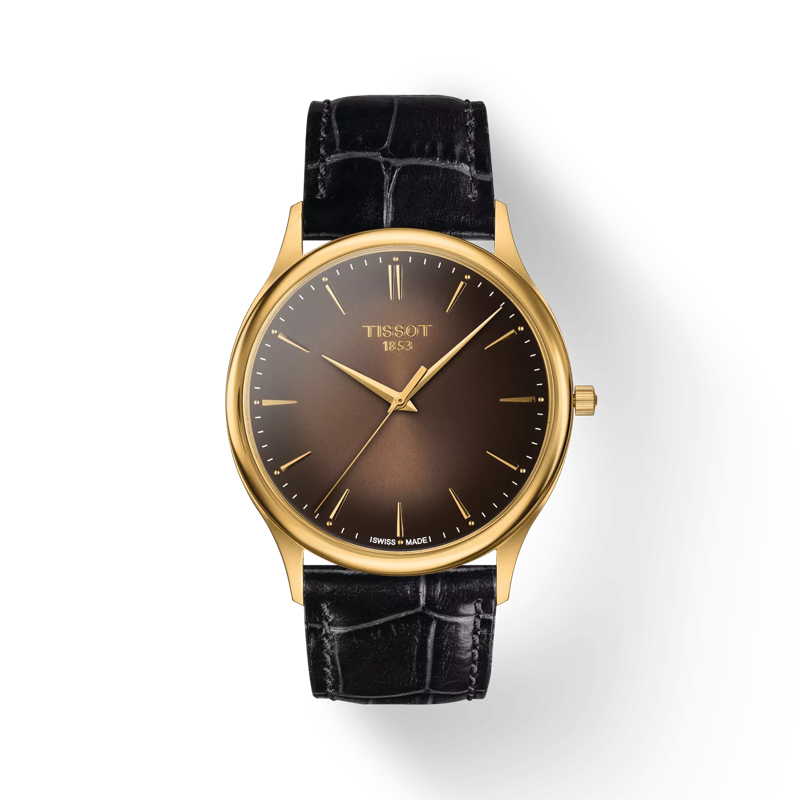
I told you I’d find some 18K gold options for under $3000, and here we are! The Tissot Excellence is simply stunning, and the first item that grabs your attention is its gradient “chocolate” brown-black dial.
The solid 18K yellow gold case’s 40mm diameter is a more modern dimension, but the thickness measures in at a svelte, vintage-like 5.85mm for an easy slide under the cuff.
Its gold-colored, no-lume handset and indices also exude a more retro vibe, and the only print is the” Tissot” and “1853” at the top and “Swiss Made” at the bottom edge, giving it an exceptionally clean look.
The matching black, alligator-style leather strap is a versatile 22mm width. There is 30m/100ft The movement is a Swiss quartz. Water resistance is 30m/100ft. Retail: $2,995.
2. Tissot Goldrun 18K Gold 38mm (ref. T922.410.76.011.00)
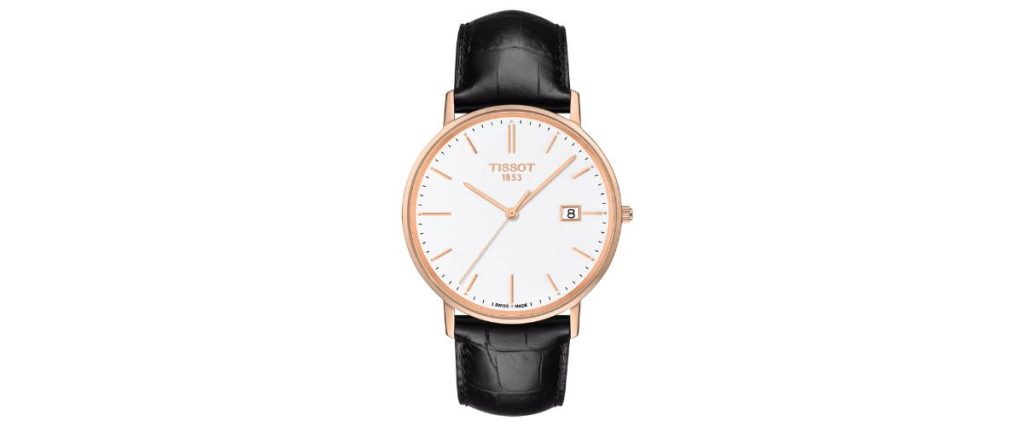
This Tissot no-date, classically styled, 18K rose gold reference has that 38mm diameter “sweet spot” size that fits a wide variety of wrists. However, it’s very thin (only 4.9mm!) which makes it ideal for formal occasions and long sleeve shirts.
The dial is white with no-lume, gold-colored indices and sparse branding which leaves a lot of pleasing negative space. The date window at 3 o’clock makes it a practical everyday piece, especially if your work requires business casual attire or above.
Other desirable features include a sapphire crystal, and a black leather strap with a 20mm width, making for easy strap swap-outs. It has a Swiss quartz movement with a battery end-of-life (EOL) indicator that causes the seconds hand to jump every 4 seconds when a new one is needed. Water resistance is 30m/100ft. Retail price: $2,595.
1. Tissot Goldrun Hesalite 18K Gold 34mm (ref. T71.3.401.31)
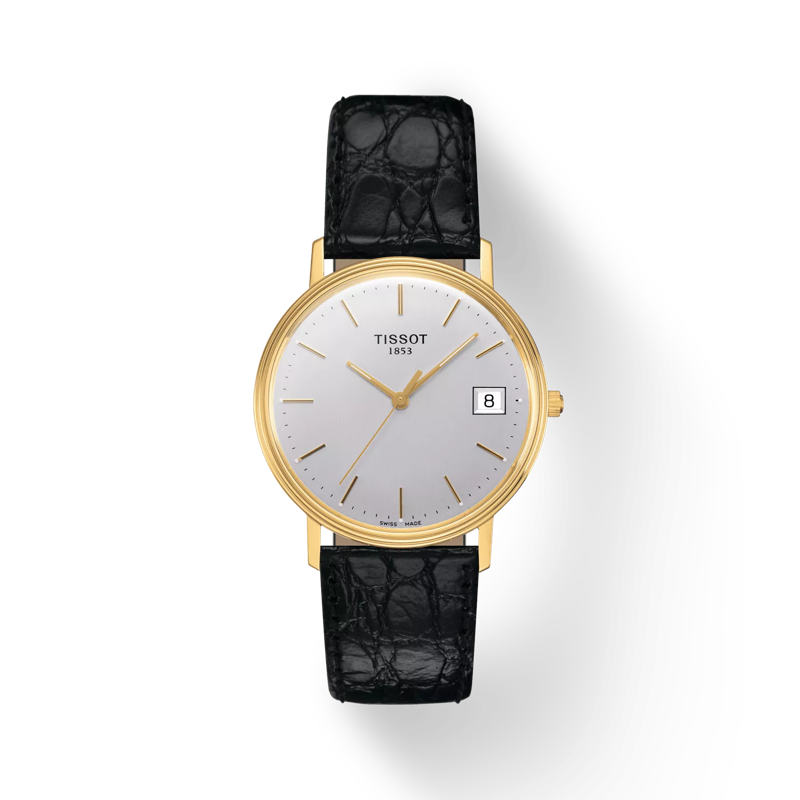
Drumroll please . . . our winner of the “Cheapest Solid 18K Gold Watch Award” is the Tissot Goldrun Hesalite! It projects an early 60s Mad Men retro look with its 33.7 case diameter, 6.55 thickness, silver colored dial, and domed, warm-toned, acrylic Hesalite crystal.
You can dress this one up for formal events, but with its date window at 3 o’clock and Super-LumiNova® lumed, gold-toned handset and indices, it can also function as a daily driver that still looks good with a tee shirt and jeans.
The strap is black, alligator-style leather and has an 18mm width. It is powered by a reliable and accurate quartz movement powered with an EOL indicator and runs on a Renata 371 battery. Water resistance is 30mm/100ft. Retail: $2,200.
Honorable Mention
Although I’ve focused on 18K gold, I’d be remiss if I didn’t also mention a 14K choice that stands out: the Hamilton Ventura Quartz Gold/Limited Edition ref. H24311730.
At $11,000 dollars retail, it’s more pricey, but in return you get an “Elvis Presley in Blue Hawaii–Men in Black (MIB)” classic with the triangular, early 60s “atomic age” case shape that is sure to draw attention and serve as a conversation starter.
“Solid Gold” Reflections
When I retired as an optometrist, I didn’t wait for anyone to give me the proverbial “gold watch”. Instead, I bought myself a $2,500 1961 vintage “birth year” watch, a 34mm stainless steel Rolex Oyster Perpetual with a 14K gold, engine-turned bezel to commemorate my career.
Paired with a premium leather strap, it receives more compliments than any other watch in my collection despite its unassuming looks and vintage size.
The bezel’s ultra-fine, engraved stria are worn to a smooth luster on the left side, a reminder of a previous owner who wore the watch so much their long sleeve shirt cuffs “left their mark”.
Such “honest wear” is an important chapter in a watch’s story, one accentuated by a soft, precious metal like gold. It’s a reminder for me to leave my own “mark” in this life by living honorably and well.
Steel and other metals are awesome in their own right, but reflections like that are “solid gold”.


